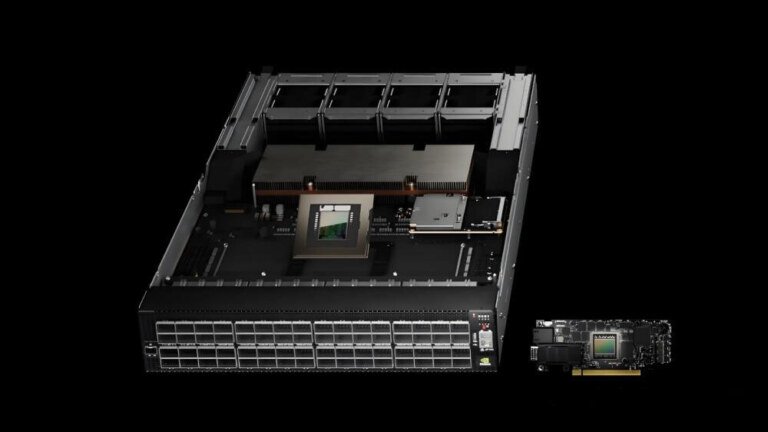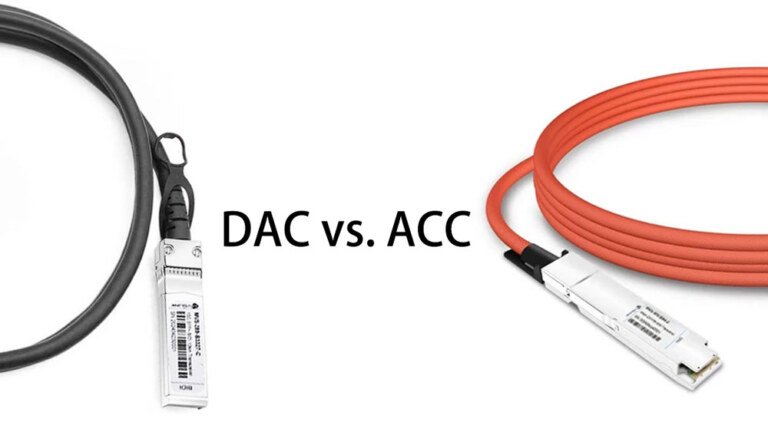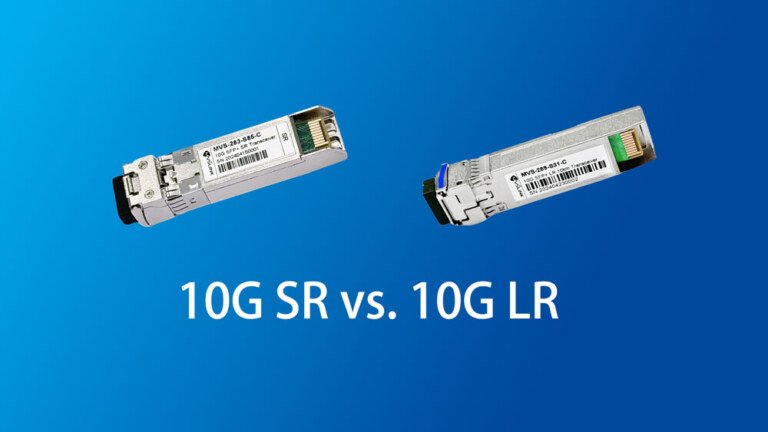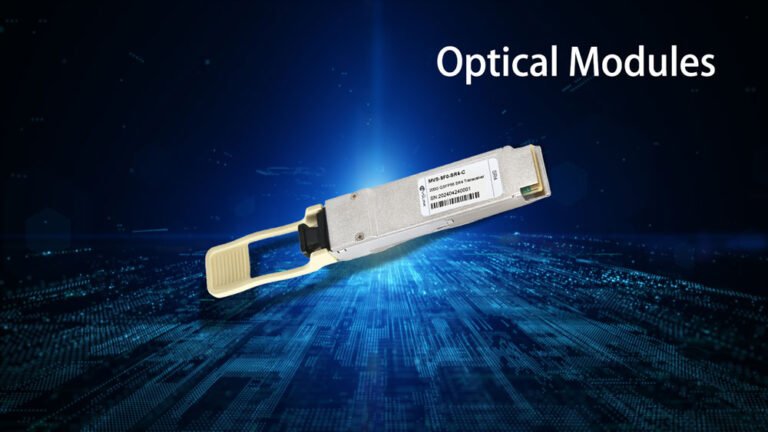
NVIDIA Spectrum-X Ethernet Arithmetic Knowledge Points
What is NVIDIA Spectrum X NVIDIA Spectrum-X Ethernet is NVIDIA’s Ethernet networking platform for AI. Spectrum-X delivers a 1.6x increase in generative AI networking performance over traditional Ethernet networking platforms. Equipped with NVIDIA Spectrum SN5600 Ethernet switches and NVIDIA BlueField®-3 SuperNICs, Spectrum-X is an end-to-end platform that combines the high performance and cloud capabilities required for a generative AI cloud. The platform maximizes bandwidth and noise isolation through dynamic routing and congestion control technologies, ensuring that each of the thousands of AI jobs of varying sizes running concurrently will perform […]








